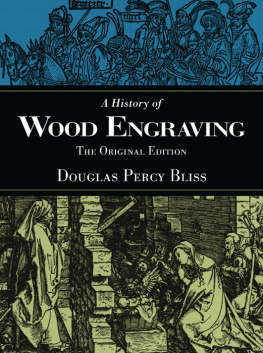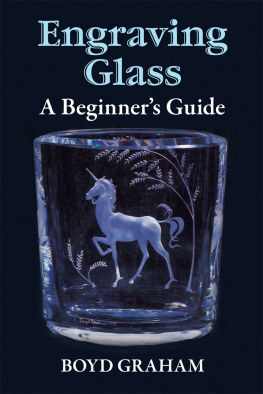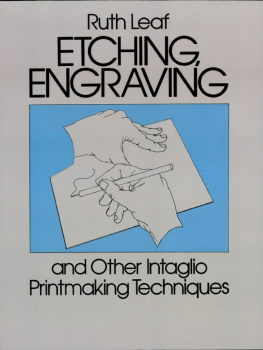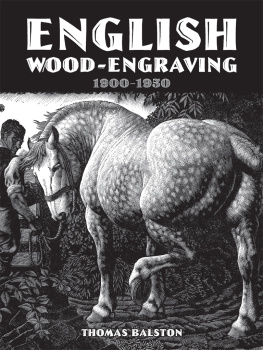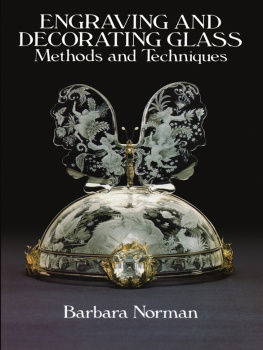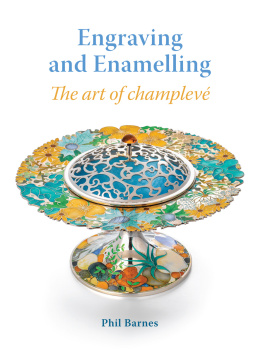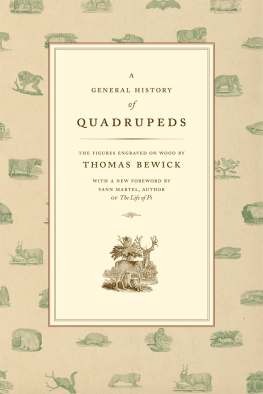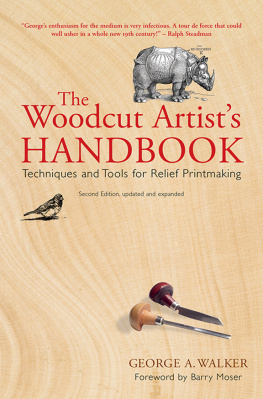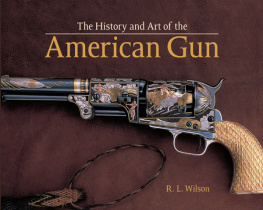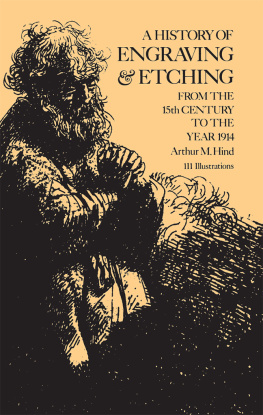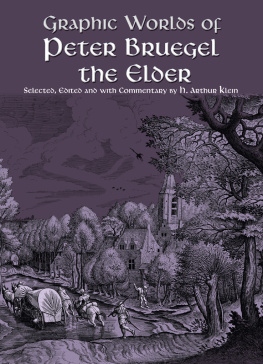A HISTORY OF WOOD ENGRAVING

Drer The Nativity (11 X 8)
A HISTORY OF WOOD ENGRAVING
THE ORIGINAL EDITION
by Douglas Percy Bliss


Skyhorse Publishing
Copyright 2013 by Douglas Percy Bliss
All Rights Reserved. No part of this book may be reproduced in any manner without the express written consent of the publisher, except in the case of brief excerpts in critical reviews or articles. All inquiries should be addressed to Skyhorse Publishing, 307 West 36th Street, 11th Floor, New York, NY 10018.
Skyhorse Publishing books may be purchased in bulk at special discounts for sales promotion, corporate gifts, fund-raising, or educational purposes. Special editions can also be created to specifications. For details, contact the Special Sales Department, Skyhorse Publishing, 307 West 36th Street, 11th Floor, New York, NY 10018 or .
Skyhorse and Skyhorse Publishing are registered trademarks of
Skyhorse Publishing, Inc., a Delaware corporation.
Visit our website at www.skyhorsepublishing.com.
10 9 8 7 6 5 4 3 2 1
Library of Congress Cataloging-in-Publication Data is available on file.
ISBN: 978-1-62087-469-1
Printed in the United States of America
TO
PHYLLIS DODD
PREFACE
In the copious literature on Wood-Engraving there are instances to be found of treatises, both technical and historical, written by men who were themselves skilled in the practice of the art. It is enough to mention J. M. Papillon and W. J. Linton. But among the moderns, apart from Mr. Gordon Craigs diverting volume, Wood Cuts and Some Words, which on the historical side does not go back beyond the Beggarstaff Brothers, engraver-authors of this craft are rarer than those who have contributed to the literature of Etching.
There has been, however, a remarkable revival of interest in woodcuts, dating from about the close of the Great War. The phenomenon is noticeable in almost every country of Europe; recent exhibitions have proved to us in London that the woodcut flourishes in Russia, Poland and Czecho-Slovakia as it does in more western countries, and the art has its votaries also in the United States. In London two societies of wood-engravers compete vigorously for our custom every year in the weeks preceding Christmas.
I have spoken of an interest in woodcuts. This interest has been felt primarily by the wood-engravers themselves, whose new and not always well-informed enthusiasm for their ancient art has communicated itself only by degrees to dealers and collectors, while their productions have still to stand the test of revaluation in the auction-room. It is not yet clear how far the wave will spread, but it may lose its force in time and die down in gentle ripples at a distance from the wellspring of enthusiasm that bubbles up at the centre, at the many centres, of the movement.
It is a natural outcome of this interest that some of those who engrave should also write, and that a modern literature of the craft of Wood-Engraving, written by engravers on wood, should come into existence, parallel to the many books on the craft of Etching which have been written in recent years by etchers.
Mr. Bliss, who was already the author of a good little pamphlet on Wood-Engraving illustrated by himself and by reproductions of woodcuts by Joseph Crawhall (a publication of the Dryad Handicrafts, Leicester), and had won his spurs still earlier, at the Royal College of Art, South Kensington, by editing a clever students magazine, Gallimaufry, here enters the lists with a much more serious challenge to the elder knights of scholarship. Let not this metaphor be taken to imply any kind of flippancy. Mr. Bliss writes, as he engraves, with humour, but he has made a conscientious study, remarkably wide in its range, of the old woodcuts themselves and of what has been written about them, and his book, though every assertion in it may not be accepted by experts acquainted with the latest German research, gives evidence of a genuine effort to acquire and impart sound information. Nor is it a mere compilation; it is constantly kept alive by frank and outspoken expression of personal preferences, and a reader who knows the facts about woodcuts already may always learn something fresh, which the facts alone will not give him, by noticing how the critical taste of a gifted young engraver of to-day reacts to time-honoured masterpieces and settles the claims of secondary engravers whose respectability is generally taken for granted.
Mr. Blissmoreover, explores by-paths, among chapbooks, for instance, and Images dEpinal, which have been too often neglected by professional historians. He would approve, I feel sure, of a certain large Milanese calendar, with a painted woodcut caricature, published in 1816 at trenta centesimi (coloured), which the British Museum acquired, at much greater cost in shillings, at the famous Leipzig sale of woodcuts last May.
He has his message also, not wholly couched in complimentary terms, to the wood-engravers of to-day, who cannot fail to profit, whether or no they accept certain strictures on their own art, if they follow his example and make a serious study of the achievements of five centuries.
CAMPBELL DODGSON.
CONTENTS
NOTE
OUR thanks are due to all the generous people who facilitated the making of our set of illustrations by granting us the necessary permissions. Specific acknowledgment of each is made in our list opposite. In particular, we are indebted to the artists who lent us original wood-blocks, from which casts were made to illustrate the closing chapters. These were Madame Raverat, Miss Hermes, Mr. John and Mr. Paul Nash, Mr. Daglish, Mr. Ravilious and Mr. Hughes-Stanton. Mr. Gibbings not only lent us one of his own blocks, but those by Mr. Eric Gill and Mr. David Jones. We are also much indebted to Les Editions, C. Van Oest, for two illustrations from Origines de la Gravure en France, Messrs. Bernard Quaritch Ltd., Messrs. R. Piper & Co. for two illustrations from Die Altdeiitsche Buchillustration, M. Bruno Cassirer of Berlin, M. Karl W. Hierse-mann for five illustrations from Der Bilderschmuck der Friihdrucke, the Imprimerie Nationale of France, Messrs. Kegan Paul, Trench, Trbner & Co. Ltd., the Oxford University and Harvard University Presses, Mr. J. Schretlen and Messrs. Ernest Benn Ltd., the Keeper of Fine Arts, Ashmolean Museum, the Librairie de France, Messrs. Robert Scott, Messrs. Chatto & Windus, Messrs. Chapman & Hall Ltd., Messrs. Etchells and Macdonald and Messrs. Brown & Phillips. Finally our thanks are due to Mr. Campbell Dodgson, who lent us the modern French prints from his private collection, and to Mr. R. A. Walker for valuable advice and encouragement when it was sorely needed.
LIST OF ILLUSTRATIONS
| ARTIST | TITLE AND ACKNOWLEDGMENT |
DRER | The Nativity |
ANON. | Le Bois Pro tat. About 1370 (Andr Blum, Origines de la Gravare en France. Clich Van Oest, Paris) St. Erasmus. About 1400 |
ANON. | Temptation to Impatience. From the Ars Moriendi. About 1465 |
ANON. | Temptation to Avarice. From the |
Next page
